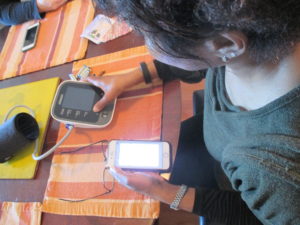We have found ourselves in a strange and unprecedented time. During this COVID-19 pandemic, our medical device and drug delivery device clients are struggling to find ways to keep developing products that will shape the future of healthcare. Central to the development of effective devices is the understanding of user needs that can be leveraged in the definition of innovation strategies and development of products. This remains true of our human factors efforts and the ongoing client need to continue making progress in preparation for FDA filings.
Among many other aspects of life, the COVID-19 pandemic has heavily influenced recent research practices, with many clients looking to understand the feasibility and value of conducting research remotely. While we strongly believe in the value of in-person research, particularly for ethnography and usability, we are also advocates of progressing programs during this time of social distancing and “shelter at home” orders. In weighing these now competing demands, we’ve outlined key considerations to help evaluate remote research benefits, trade offs and optimization strategies.
Desire for longitudinal learning

Remote research is ideal for longitudinal learning – the understanding of behaviors over time and/or at particular moments that are often unplanned. It’s a tool that we have employed for years to better understand the patient journey and/or time-based dynamics of behaviors and decision-making (e.g. the impact of training modalities on learning curves). In this application, remote research allows for ongoing, asynchronous interaction, enabling flexibility and accessibility that cannot be efficiently replicated with in-person alternatives.
This method is ideal during the pandemic but is also a desirable approach in our regular course of business as it helps to inform user needs over time across the clinician experience and patient journey.
Type, role and influence of environment/context
Of course, compared to physically being in an environment, remote research can lack context. It’s important to consider the extent to which this matters and the impact it might have on what you’re looking to learn. Context is less important for interviews, which can be conducted effectively remotely with video to help build rapport and include facial expressions and body gestures. However, for observational research, this becomes more challenging and includes more significant trade offs.
Consider the extent to which what is being observed is static versus dynamic, focused versus decentralized and planned versus spontaneous. Any organic or impromptu behaviors, movement throughout a space, multiple or overlapping interactions and their resulting relationships are less likely to be effectively captured via remote methods, particularly in clinical spaces where technology use may be limited.
Format and fidelity of concepts for evaluation
To assess the extent to which a concept evaluation can be conducted effectively via remote methods, we recommend considering the format and fidelity which often correlate with the development stage. Generally speaking, evaluating early ideas or concept visions to vet value propositions transition most seamlessly remotely, where an image can be shared via a web conferencing platform (note HIPAA/ GDPR compliance, as appropriate). Similarly, digital prototypes better lend themselves to this methodology.
Physical prototypes, however, introduce unique challenges that are often compounded by limited production. For this application, access and handling of prototypes may be challenging. Additional copies of these models may be necessary to accommodate the logistics of shipping devices to user’s homes. If the production of additional prototypes is not possible, a staggered timeline may be required.
Participant access/availability

The technological aptitude required for effective remote research in some instances can preclude otherwise viable candidates from participating. It’s important to consider the extent to which this may influence or skew your data set. While home computer/smartphone use and prevalence is ever increasing, it’s not ubiquitous and the level of engagement is highly variable. In a recent in-person study an elderly patient evaluating an app exclaimed, “I’m lucky I can make a call!”.
In the current situation, participant availability should also be considered. Certainly, now is a less-than-ideal time to solicit the input of certain essential business employees and clinical personnel (ICU nurses, EMTs, etc.). However, a benefit to remote research is casting a wider net geographically, which allows us to target those areas less affected by COVID-19. Conversely, we have found that others have proven more available than usual, often looking to take advantage of some down-time and perhaps happy to have a meaningful distraction!
Moving forward
For our medical and drug delivery device clients, putting all of their development programs on hold is simply not an option. Hopefully, we have given some insight into what works well and what is more challenging in the midst of this global crisis. Remember, there are always ways to keep moving development forward, including critically important user needs research.

